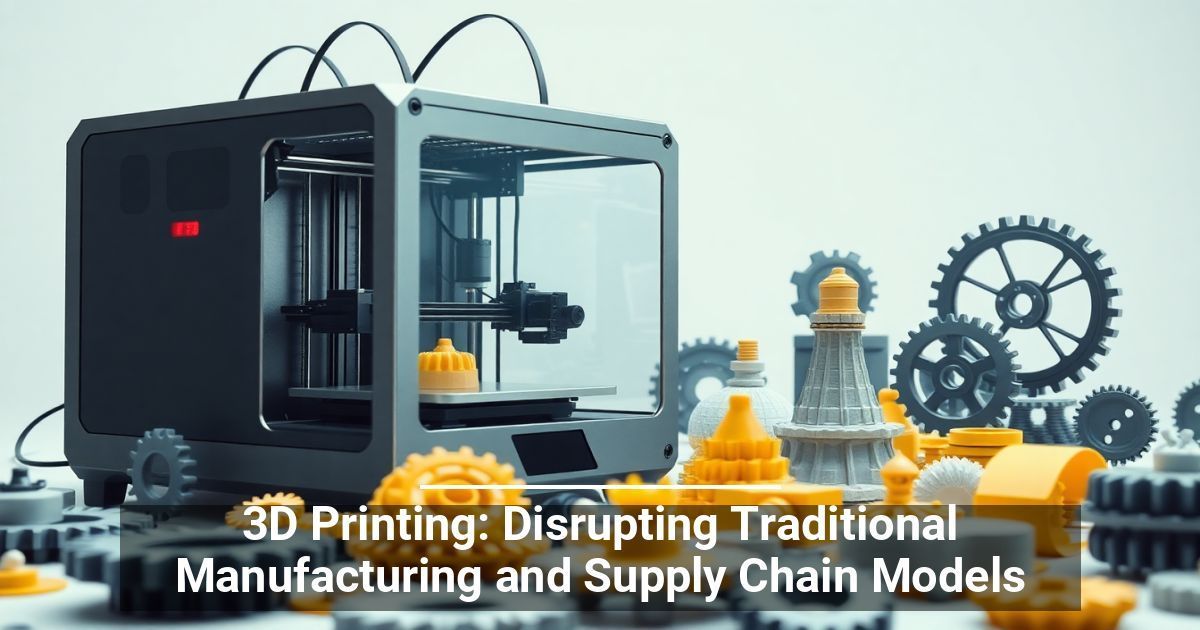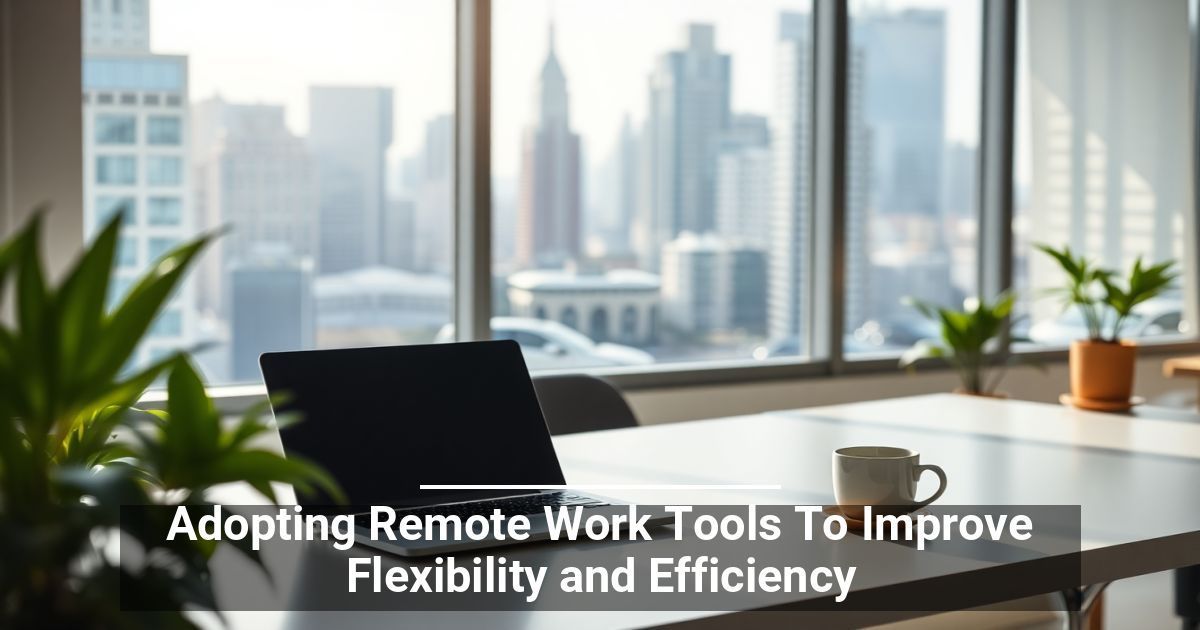Blog
3D Printing: Disrupting Traditional Manufacturing and Supply Chain Models
By Mersad • October 15, 2024

Owning a business means relying on the supply chain, which begins with procuring raw materials before a manufacturing company assembles them into a completed product. From there, the supplier distributes the materials, after which you add them to your inventory. With the rise of 3D printing disrupting these supply chain models, you don’t need as many steps to meet your end goal.
Becoming Familiarized With 3D Printing
Unlike traditional 2D printing, which prints images onto a flat piece of paper, a 3D printer uses a digital file to create layers of materials. Each layer from the bottom up joins and solidifies into a completed item. Also known as additive manufacturing, it replicates complex designs to customize products with wood, metals, resins, plastics, or carbon.
3D Printing Overrides the Supply Chain
Because of on-the-spot printing, your company can cut the time it would otherwise spend waiting for available materials and manufacturing companies to assemble the parts. Printing in-house also means you don’t have to waste time waiting on shipping, tracking, or reshipping if your packages get lost during transportation.
Whether you’re making a prototype to test out early models of a product or producing a final product for sale, 3D printing proves more cost-effective than the traditional supply chain. According to ScienceDirect, 3D technology is about 51% to 61% more economically efficient, especially since storage and transportation costs alone in the U.S. make up 9% of the annual gross domestic product.
Aside from transforming transportation and logistics, you no longer have to pay for materials, assembly, or extra hands helping throughout the production process, resulting in more cost and company efficiency. Still, these are far from the only benefits.
Just-in-Time Manufacturing for In-Demand Products
While you may not rely on a 3D CAD printer to provide all your products and materials, such technology can help pick up the slack, especially if certain products are in high demand. For instance, if you did not expect a market shift that has made certain products more popular or a disruption in the supply chain that has slowed or halted production, 3D printing allows you to create additional products to make up for the deficit.
Less Inventory To Manage
Since the printer produces the exact number of needed parts, you don’t have to worry about overstocking or running out of certain pieces or accessories. You’ll have less capital directed toward inventory and little risk of obsolescence, where goods become outdated or unwanted. Filament fabrication technology can even help produce metal parts.
So, if you want to rely less on an uncertain supply chain while encouraging your business’s agility and sustainability, consider 3D printing for your company!
Related Posts



Contact Information
1035 Medina Rd, Suite #800
Medina, OH 44256



